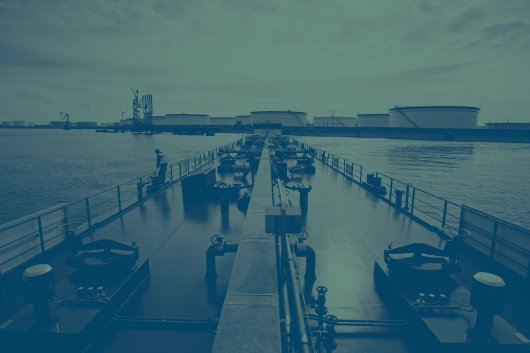Order for fuel-efficient power systems
Owner orders integrated power and propulsion systems to reduce fuel consumption and improve performance.
Power systems company Rolls-Royce has received its first order for vessels based on the group's Environship concept.
Rolls-Royce will design and provide integrated power and propulsion systems for two technologically advanced cargo vessels, which have been purchased by Norwegian transportation company, Nor Lines AS.
These highly efficient ships incorporate gas powered engines a Promas propulsion system and wave piercing bow, which combined, are said to significantly improve the overall performance of the vessel and increase fuel efficiency by up to 18 per cent.
Environmental benefits are said to include the virtual elimination of SOx and reduction of CO2 emissions by more than 40 per cent compared to similar conventional vessels.
The two Rolls-Royce NVC 405 cargo vessels will be built at the Tsuji Heavy Industries ship yard in Jiangsu, China. The vessels will enter service from October 2013, operating along the West Coast of Norway.
Toralf Ekrheim, Nor Lines, CEO said: "We have had a fruitful cooperation with Rolls-Royce for more than two years, developing vessels that are tailor-made for our trade and incorporate the latest award-winning energy saving and emission reducing features."
Oddbjørn Eliassen, Rolls-Royce, President - Merchant said: "The Environship concept is a transformational development for merchant shipping, offering significant reductions in fuel burn and emissions, as well as enhanced performance at sea.
"This order demonstrates that customers are embracing more environmentally friendly ship designs and technology. Rolls-Royce is best placed to provide ship designs and integrated power and propulsion systems that deliver tangible improvements in operational efficiency and ship performance, along with a significant reduction in environmental impact."
The contract is for two ships, and includes options to build an additional two vessels of the same design. Rolls-Royce is already using the Environship concept to develop a wide range of other efficient ship designs, including passenger ferries, chemical tankers, gas tankers, bulk carriers, and superyachts.
Key facts about the Environship:
* The Rolls-Royce Environship concept, received the Next Generation Ship Award at this year's NorShipping event in Oslo, Norway.
* The Rolls-Royce Bergen B-Series lean burn gas engines, as used in the Environship, emit around 17 per cent less CO2 (per unit of power) than a diesel engine.
* The use of gas fuelled engines means that Nitrogen Oxide (NOx) emissions are reduced by about 90 per cent while Sulphur Oxide (SOx) emissions are negligible.
* These emissions are already within the limits of IMO (International Maritime Organisation) Tier III environmental legislation, due to come into force in 2016.
* The Rolls-Royce Promas propulsion system is an integrated rudder and propeller, which alone improves efficiency of the vessel by 5 to 8 per cent.
* The new innovative bow shape and hull form, designed by Rolls-Royce, also reduce resistance by up to 8 per cent, therefore reducing fuel burn and emissions further.
* The vertical bow shape enables the vessel to maintain speed even in rough seas enabling operators to achieve demanding shipping schedules without the need to burn additional fuel to make up lost time.
Rolls-Royce will design and provide integrated power and propulsion systems for two technologically advanced cargo vessels, which have been purchased by Norwegian transportation company, Nor Lines AS.
These highly efficient ships incorporate gas powered engines a Promas propulsion system and wave piercing bow, which combined, are said to significantly improve the overall performance of the vessel and increase fuel efficiency by up to 18 per cent.
Environmental benefits are said to include the virtual elimination of SOx and reduction of CO2 emissions by more than 40 per cent compared to similar conventional vessels.
The two Rolls-Royce NVC 405 cargo vessels will be built at the Tsuji Heavy Industries ship yard in Jiangsu, China. The vessels will enter service from October 2013, operating along the West Coast of Norway.
Toralf Ekrheim, Nor Lines, CEO said: "We have had a fruitful cooperation with Rolls-Royce for more than two years, developing vessels that are tailor-made for our trade and incorporate the latest award-winning energy saving and emission reducing features."
Oddbjørn Eliassen, Rolls-Royce, President - Merchant said: "The Environship concept is a transformational development for merchant shipping, offering significant reductions in fuel burn and emissions, as well as enhanced performance at sea.
"This order demonstrates that customers are embracing more environmentally friendly ship designs and technology. Rolls-Royce is best placed to provide ship designs and integrated power and propulsion systems that deliver tangible improvements in operational efficiency and ship performance, along with a significant reduction in environmental impact."
The contract is for two ships, and includes options to build an additional two vessels of the same design. Rolls-Royce is already using the Environship concept to develop a wide range of other efficient ship designs, including passenger ferries, chemical tankers, gas tankers, bulk carriers, and superyachts.
Key facts about the Environship:
* The Rolls-Royce Environship concept, received the Next Generation Ship Award at this year's NorShipping event in Oslo, Norway.
* The Rolls-Royce Bergen B-Series lean burn gas engines, as used in the Environship, emit around 17 per cent less CO2 (per unit of power) than a diesel engine.
* The use of gas fuelled engines means that Nitrogen Oxide (NOx) emissions are reduced by about 90 per cent while Sulphur Oxide (SOx) emissions are negligible.
* These emissions are already within the limits of IMO (International Maritime Organisation) Tier III environmental legislation, due to come into force in 2016.
* The Rolls-Royce Promas propulsion system is an integrated rudder and propeller, which alone improves efficiency of the vessel by 5 to 8 per cent.
* The new innovative bow shape and hull form, designed by Rolls-Royce, also reduce resistance by up to 8 per cent, therefore reducing fuel burn and emissions further.
* The vertical bow shape enables the vessel to maintain speed even in rough seas enabling operators to achieve demanding shipping schedules without the need to burn additional fuel to make up lost time.
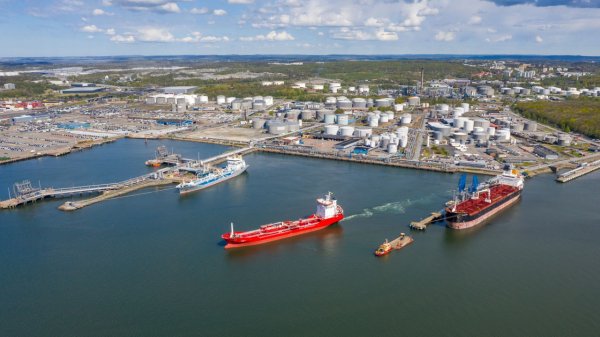
|
Swedish biomethane bunkered in Gothenburg
Test delivery performed by St1 and St1 Biokraft, who aim to become large-scale suppliers. |
|
|
|
||

|
Cockett to be closed down after 45 years
End of an era as shareholders make decision based on 'non-core nature' of Cockett's business. |
|
|
|
||
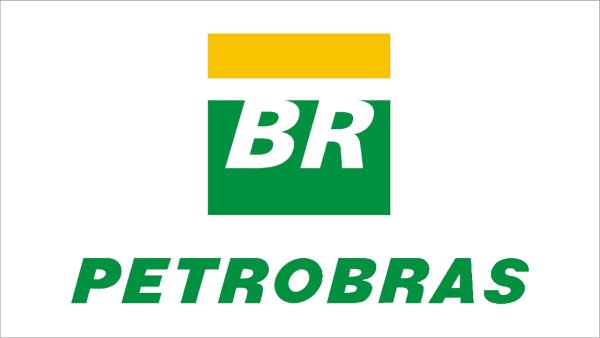
|
Petrobras confirms prompt availability of VLS B24 at Rio Grande
Lead time for barge deliveries currently five days. |
|
|
|
||
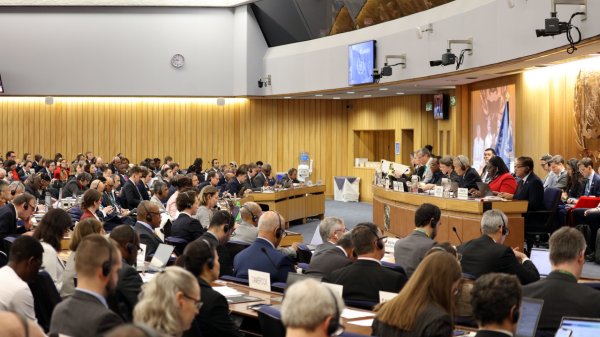
|
IMO approves pricing mechanism based on GHG intensity thresholds
Charges to be levied on ships that do not meet yearly GHG fuel intensity reduction targets. |
|
|
|
||
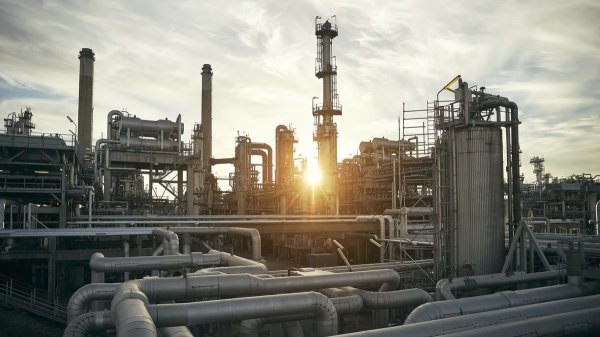
|
VARO Energy expands renewable portfolio with Preem acquisition
All-cash transaction expected to complete in the latter half of 2025. |
|
|
|
||
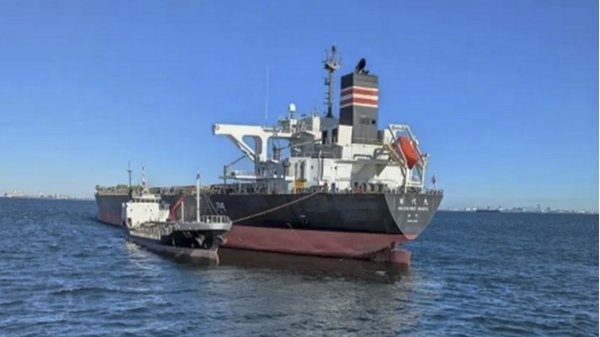
|
NYK trials biofuel in milestone coal carrier test
Vessel is used to test biofuel for domestic utility company. |
|
|
|
||
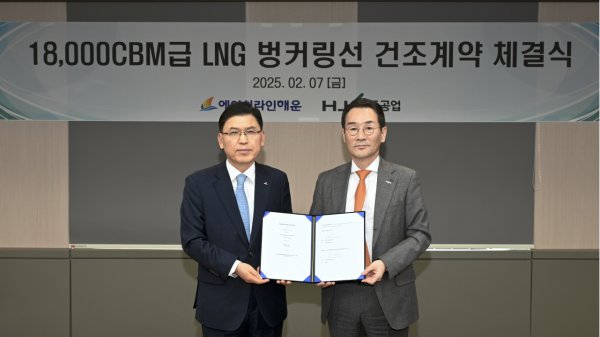
|
H-Line Shipping orders LNG bunkering vessel
Vessel with 18,000-cbm capacity to run on both LNG and MDO. |
|
|
|
||
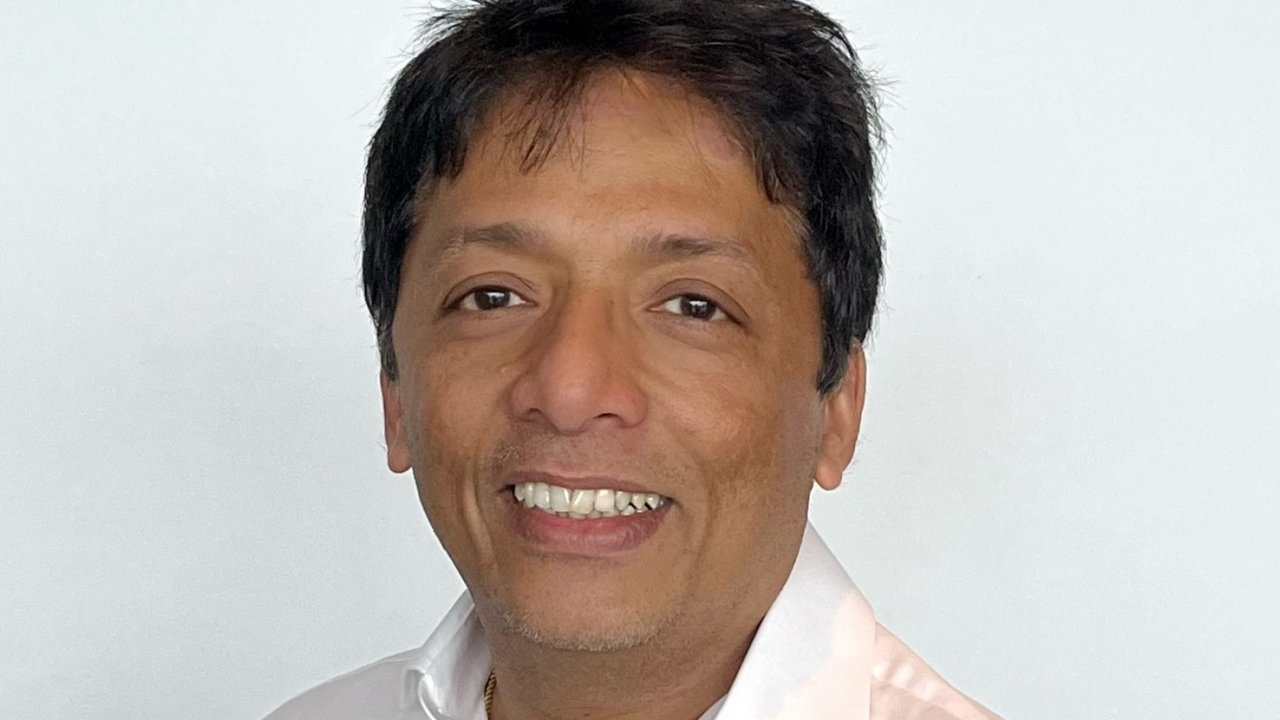
|
How to engineer and manage green shipping fuels | Stanley George, VPS
Effective management strategies and insights for evolving fuel use. |
|
|
|
||
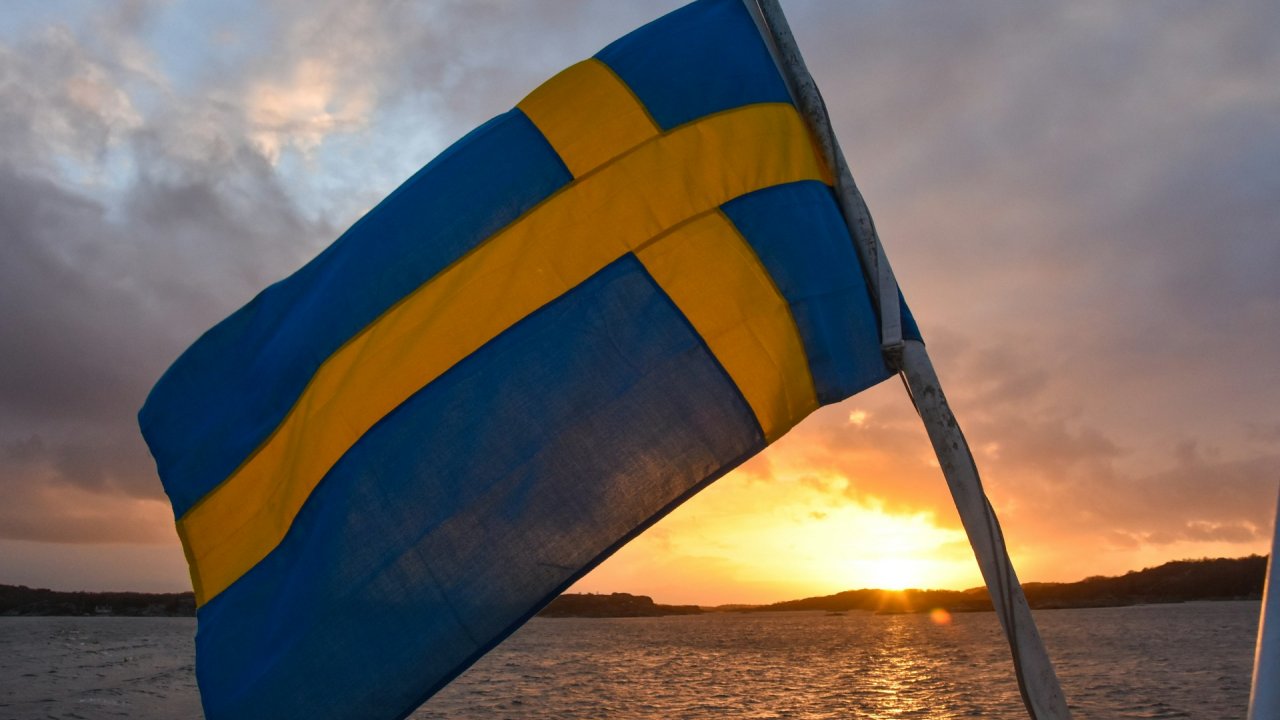
|
Swedish government bans scrubber wastewater discharges
Discharges from open-loop scrubbers to be prohibited in Swedish waters from July 2025. |
|
|
|
||
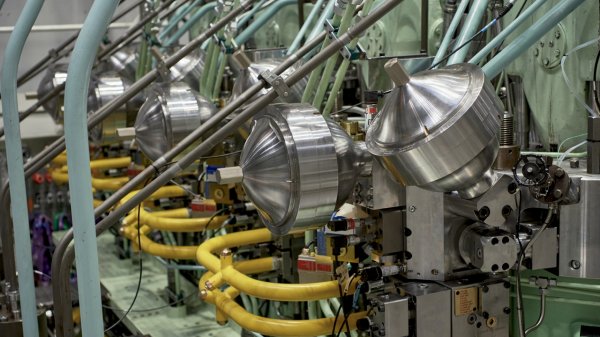
|
MAN Energy Solutions achieves 100% load milestone for ammonia engine
Latest tests validate fuel injection system throughout the entire load curve. |
|
|
|
||
Related Links
- · Eco-ship concept wins award [Insights]
- · Agreement to supply gas-fuelled ferries [Insights]
- · Engine provider announced for world's largest LNG ferry [Insights]
- · Norway [Directory]
- · United Kingdom [Directory]

